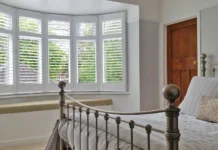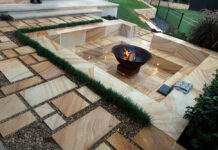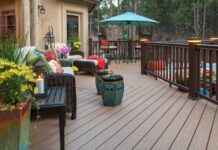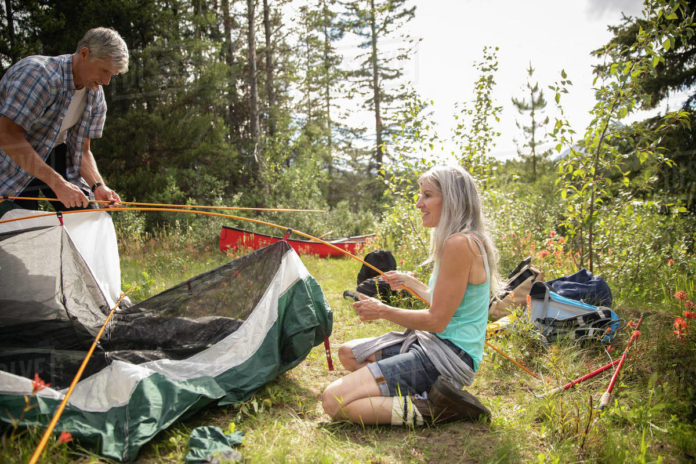
Weather is the single most potent force that is capable of completely ruining your outdoor event. It is highly unpredictable, we all know how wrong the weather forecasts can be. The good news is, you can still have a good time at your outdoor event – all you need to do is to secure your canopy tent. For more info click here.
Most pop-up tents are not made to withstand high wind conditions or several gusts. A mind breeze is alright, but what happens if the weather potentially turns for the worst? Can your canopy tent ensure the safety of your team, guests, and goods underneath?
High winds can shatter, collapse, or even blow away poorly anchored tents. Just using the weights, anchors, and ropes is not enough. You also need to find the right place to pitch your tent and add accessories that help withstand strong winds. We have curated some suggestions to keep your pop-up canopy tent secure during high winds.
Let’s begin with how to set up a tent correctly.
Canopy tent setup
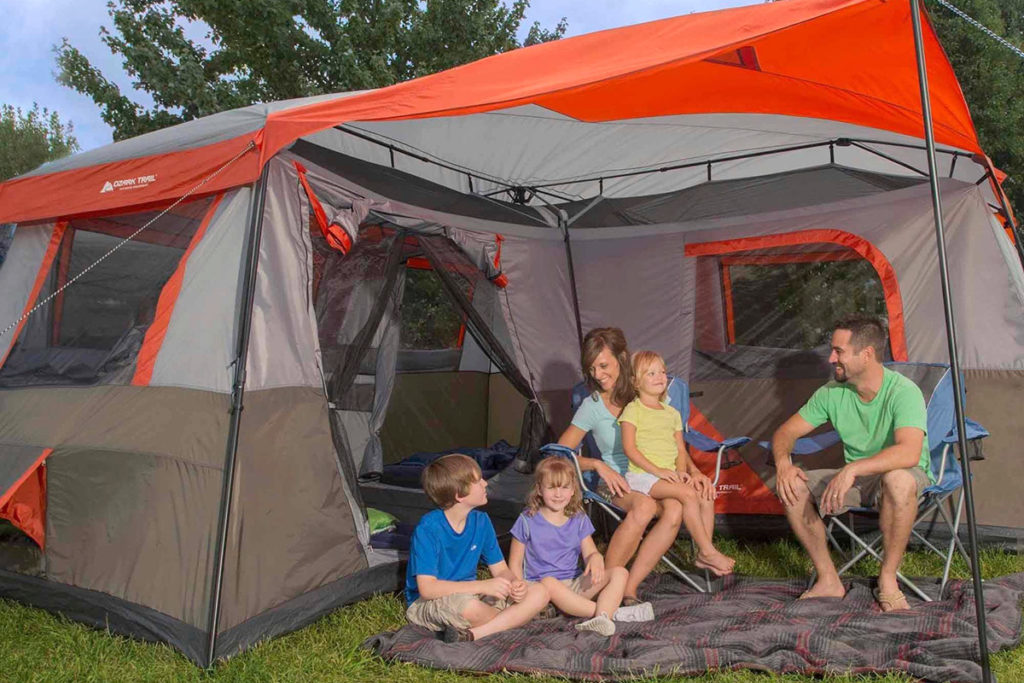
Instead of open space, try pitching your canopy tent under some shelter, like a tree. Sheltered spots act as windbreakers, protecting your tent from strong gusts of wind.
Find a level ground to pitch your tent. Also, keep additional guy ropes and pegs handy, should the need arise. Guy ropes and pegs help ease the tension in your tent and make it more secure.
Below is 5-point checklist for you to find out if your tent is pitched correctly:
1. Follow all instructions that come with your tent, right from assembling to dismantling.
2. Make sure that you use all the poles provided.
3. The pegs should be firmly driven into the ground.
4. The guy ropes should not be too close to the base of the tent.
5. If your tent has a fly, it should be tied to the poles, or the Velcro straps should be joined together tightly.
Several tents also come up with an option to cover or zip up the veranda or front awning. Doing so will prevent the wind from getting under the tent and uprooting it. In addition, you can also use waterproof tarps over your entire tent for added strength.
If you have a canopy tent with sides, it is advisable to remove the walls. This reduces the wind pressure on the tent, allowing the air to pass through the tent instead of knocking out the poles.
If there’s too much water or flooding, dig a trench around the perimeter of your tent. The water will get directed into the trench instead of inside your canopy tent.
How to keep your canopy tent stable during gales?
Pop-up tents can start quivering due to strong winds. Even stronger gusts can lift up your tent and blow it away. Scary, right? Here are a few tips that you can follow to keep your tent stable:
- Point your tent in wind direction to prevent it from getting hammered on one side.
- Keep the drum of the tent tight while setting up.
- Use all the peg point and as many guy ropes as you can. You can also heap stones and extra pegs for support.
How much wind is too much?
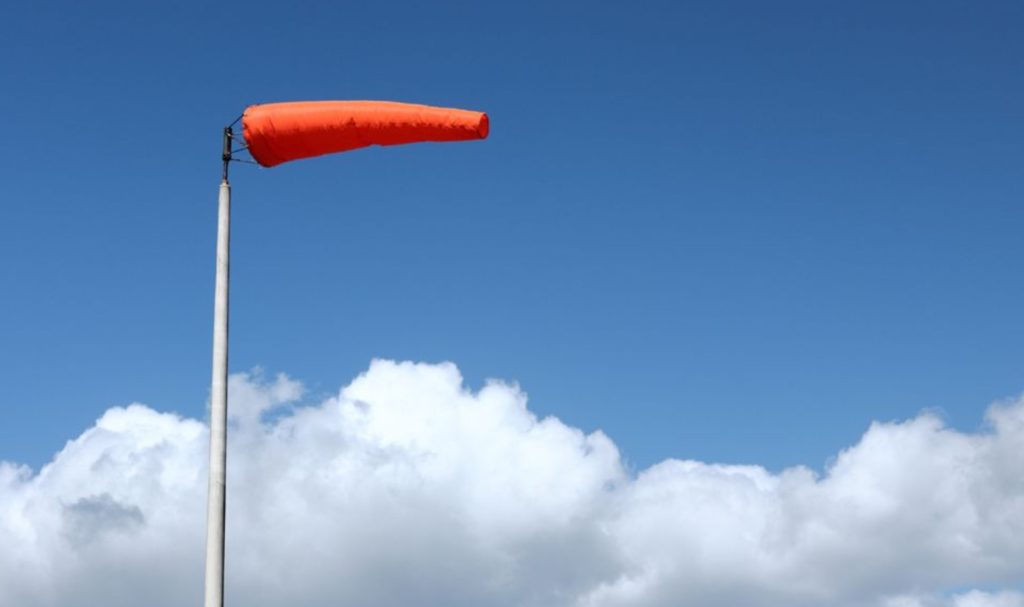
The level of wind resistance varies from region to region. Some tents can withstand 70mph hurricane winds, but that is extreme camping. 8-10mph winds are usually good enough, with anything over 40mph being termed as gale force.
Keep an eye on the weather forecast, and use a lot of guy ropes, pegs, and weights to secure your tents. If possible, it is advisable to postpone the event until after the winds die.
How to buy wind-resistant pop-up tents?
It is worth investing in intents that are weatherproof and wind-resistant. The tent material, type of poles, walls, and tent shape all play a critical role in determining the wind-resilience of any canopy tent.
Pole design
The pole design is important because it enhances the overall structural strength. The strength boils down to the number of poles used, the number of times they cross over each other, and the number of clips you use. Aluminum is the most preferred material for making tent poles as it is robust and can withstand harsher weather conditions effortlessly.
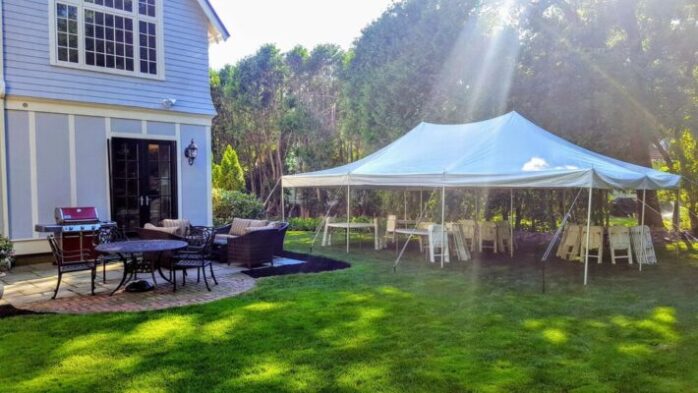
Number of walls
A single-walled canopy tent can be pitched in small spaces without impacting its weight. A double-walled tent, on the other hand, does really well in windier conditions as it has a double layer. The outer layer protects you from wind, snow, and rain, whereas the inner layer keeps the interior warm and adds strength to tackle high winds.
The shape of pop-up tents
A cabin shaped pop-up canopy tent is more susceptible to being blown away by high-winds because its stability is weaker. Tents that are smaller and lower to the ground stand firm, because the wind cannot tuck itself underneath and lift the structure up.
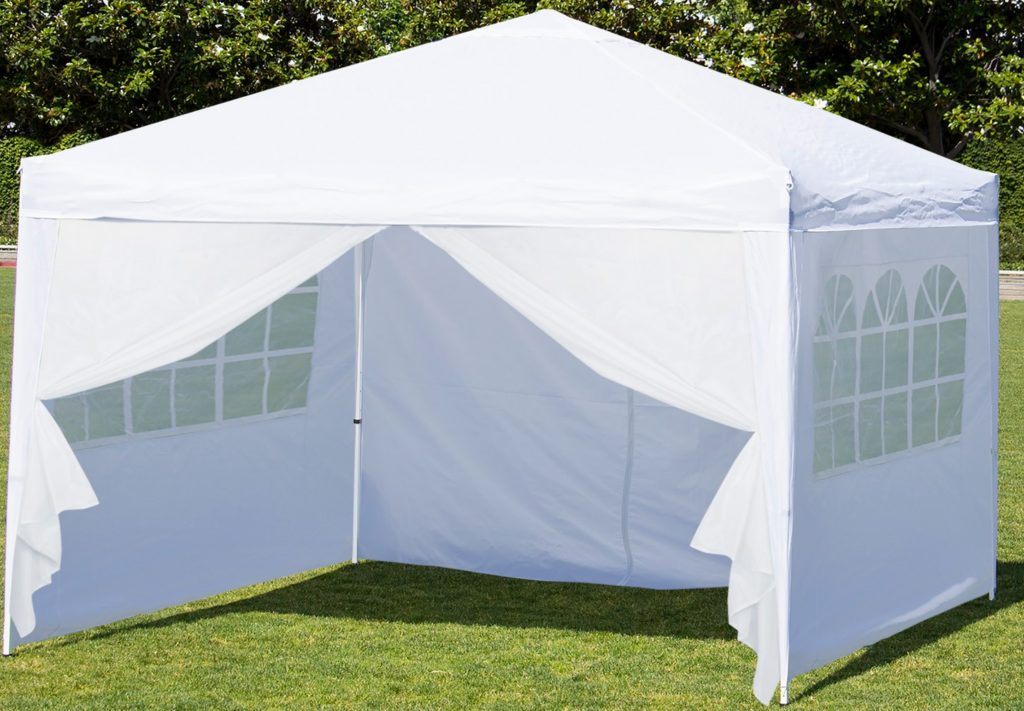
The material of canopy tent
Whether it’s a 10×10 straight leg canopy or a canopy tent 10×20, the material that is used for manufacturing the canopy roof makes a difference in strength and ability of the material to allow winds to pass through.
Common materials are nylon and polyester. Nylon is durable, and holds its strength, while polyester is weaker than nylon but still sturdy. Keep an eye on the thickness of the fabric. The thicker the fabric, the stronger it is. Ask your vendor to help you in finding the most suitable material for your canopy tent.
Click here for a list of the best extreme cold weather camping tents in 2024.
Ongoing event? Here are some last-minute tips:
- Keep the tent vents open for letting the air escape. Closed vents put a strain on fabric and frame, causing your tent to collapse. Open vents, on the other hand, reduce the amount of billowing and keep it from crashing to the ground.
- Your canopy tent comes with clickable locks. You can actually hear them getting locked into position while setting up your tent. Before getting started on decorating the inside, ensure that the joints are secured in position, and the Velcro straps are tied together.
- Don’t forget to attach canopy weights to your tent’s legs. Tent legs have a narrow profile because of which they don’t have a lot of stability. Weights keep the tent secure and increase the overall stability of the structure.

